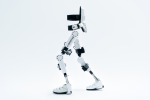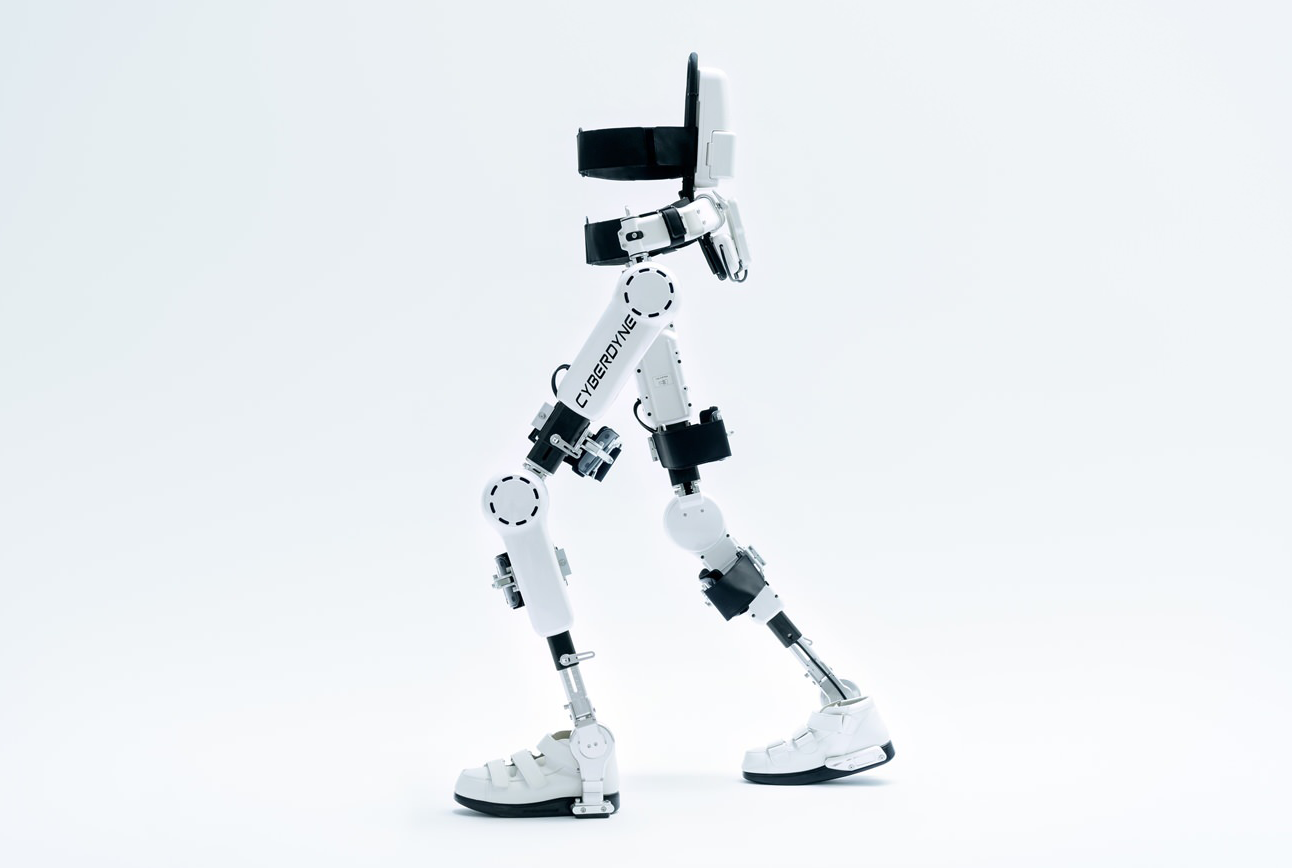Robot Suit HAL (Hybrid Assistive Limb) was published in US medical magazine “Neurology”

Article regarding efficacy of HAL For Medical Use was published in US medical magazine “Neurology”
Date: Sep 22, 2014
Source: CYBERDYNE Inc.
Following an acceptance in “The Spine Journal” (*note), an article was published in the renowned neurological magazine “Neurology“, showing the medical efficacy for acute spinal cord injury patients in Bergmannsheil University hospital in Germany.
Title:
Locomotion training using voluntary driven exoskeleton (HAL) in acute incomplete SCI
Authors:
- Oliver Cruciger, MD,
- Martin Tegenthoff, MD,
- Peter Schwenkreis, MD,
- Thomas A. Schildhauer, MD,
- Mirko Aach, MD
Abstract:
A 34-year-old man had a traumatic thoracic spinal cord injury, with vertebral fracture and a right acetabulum fracture. Dorsal spinal fusion of T6 through T9 was performed on admission. The initial American Spinal Injury Association (ASIA) Impairment Scale (C) showed incomplete motor T10 lesion.
Exoskeletal locomotion training with hybrid assistive limb started 77 days post trauma after radiologic confirmation of consolidation of the acetabulum fracture.
There was recovery of motor functions and walking abilities (video 1 on the Neurology Web site at Neurology.org) throughout 12 weeks of locomotion training with an increase in Walking Index for Spinal Cord Injury II (WISCI-II) score from 8 to 18 (video 2); conversion to ASIA D occurred.
URL: http://www.neurology.org/content/83/5/474.full
Videos:
*note
An article was accepted in an influential magazine “The Spine Journal”, the official journal of the North American Spine Society, where HAL training results in improved over-ground walking.
“Voluntary driven exoskeleton as a new tool for rehabilitation in chronic spinal cord injury: a pilot study”
About: HAL
HAL [Hybrid Assistive Limb] is the world’s first*1 cyborg-type robot, by which a wearer’s bodily functions can be improved, supported and enhanced.
Wearing of HAL leads to a fusion of “man”, “machine” and “information”. HAL assists a physically challenged person to move and enables him or her to exert bigger motor energy than usual. HAL is also considered as the system that accelerates a motor learning of cerebral nerves.
*1 The international patent relevant to HAL was accredited as Notable Invention by World Intellectual Property Organization [=WIPO].










